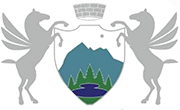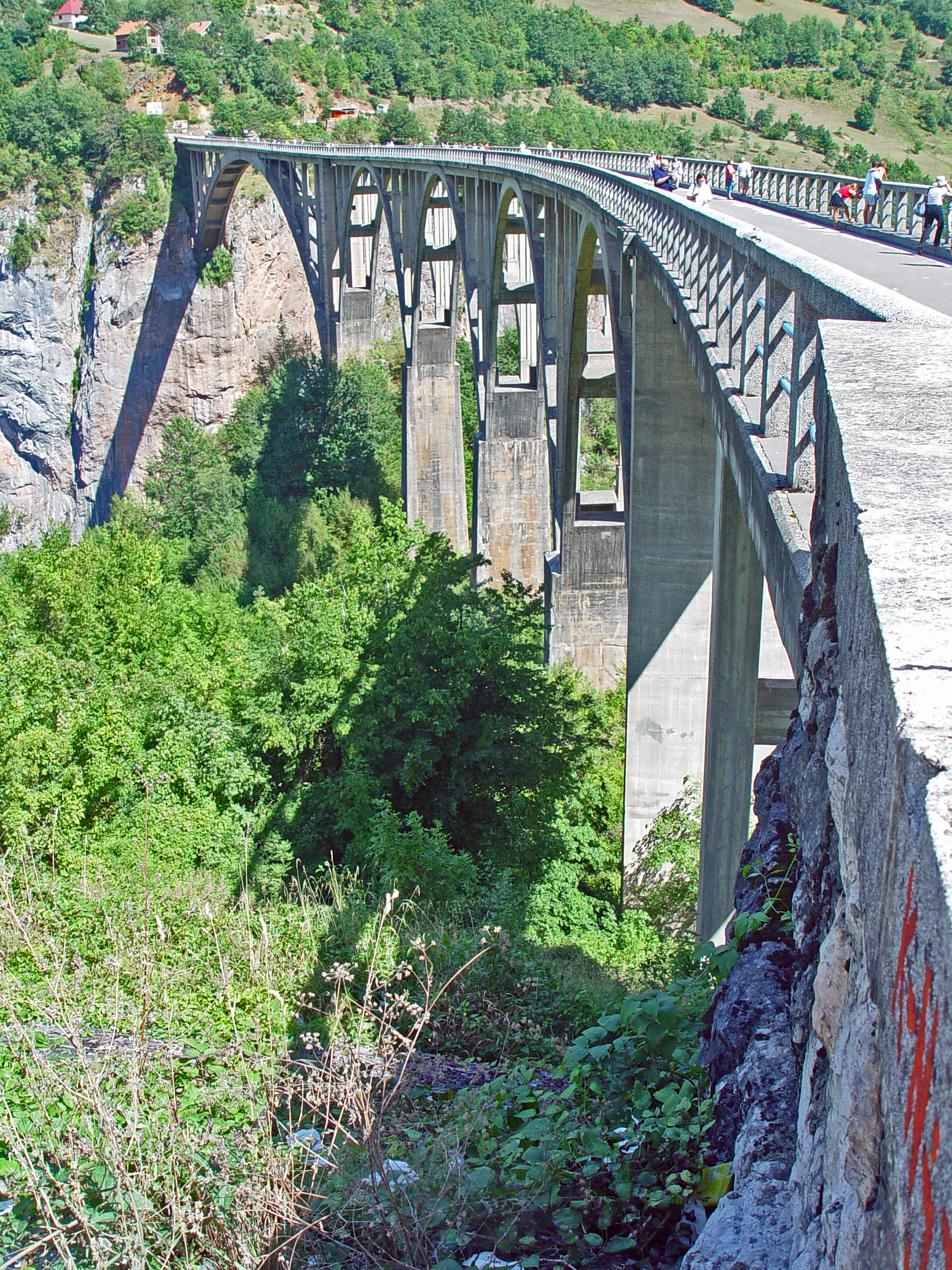|
Tara (river)
The Tara ( sr-cyrl, Тара) is a river in Montenegro and Bosnia and Herzegovina. It emerges from the confluence of the Opasnica and Veruša rivers in the Komovi Mountains, part of the Dinaric Alps of Montenegro. The total length is 146 km, of which 141 km are in or on the border of Montenegro,;Statistical Yearbook of Montenegro 2017, Geography Statistical Office of Montenegro it also forms the border between the two countries in several places. The Tara flows from south to north - north-west and converges with the at the Bosnia and Herzegovina and Montenegro border between the villages of Šćepan Polje (Montenegro) and Hum (Bosnia and ... [...More Info...] [...Related Items...] OR: [Wikipedia] [Google] [Baidu] |
Montenegro
) , image_map = Europe-Montenegro.svg , map_caption = , image_map2 = , capital = Podgorica , coordinates = , largest_city = capital , official_languages = Montenegrin , languages2_type = Languages in official use , languages2 = , ethnic_groups = , ethnic_groups_year = 2011 , religion = , religion_year = 2011 , demonym = Montenegrin , government_type = Unitary parliamentary republic , leader_title1 = President , leader_name1 = Milo Đukanović , leader_title2 = Prime Minister , leader_name2 = Dritan Abazović (acting) , leader_title3 = Speaker , leader_name3 = Danijela Đurović , legislature = Skupština , sovereignty_type = Establishment history , established_event1 = Principality of Duklja , established_date1 ... [...More Info...] [...Related Items...] OR: [Wikipedia] [Google] [Baidu] |
Autariatae
The Autariatae or Autariatai (alternatively, Autariates; grc, Αὐταριᾶται, ''Autariatai''; la, Autariatae) were an Illyrian people that lived between the valleys of the Lim and the Tara, beyond the Accursed Mountains, and the valley of West Morava. Their territory was located inland from the Ardiaei and the Lake Skodra, extending east to the Dardani and north or northeast to the Triballi. Along with the Ardiaei and the Dardani, the Autariatae are mentioned by Strabo in his '' Geographica'' as one of the three strongest Illyrian peoples in the pre-Roman Balkans. Following defeat during the Celtic invasions of the Balkans in the 4th century, a part of the Autariatae who remained in Bosnia adopted Celtic culture later in their history. Another part moved southwards and after an agreement with the Kingdom of Macedonia, 20,000 settled in the Parorbelian mountain range, in the borderlands between modern southeastern North Macedonia, northern Greece and southwest ... [...More Info...] [...Related Items...] OR: [Wikipedia] [Google] [Baidu] |
Žabljak
Žabljak (Serbian / Montenegrin: Жабљак, ) is a small town in northern Montenegro. It has a population of 1,723. Žabljak is the seat of Žabljak Municipality (2011 population: 3,569). The town is in the centre of the Durmitor mountain region and with an altitude of 1,456 metres, it is the highest situated Balkan town. History The first Slav name of the place was ''Varezina voda'' (Варезина вода) possibly because of the strong source of drinkable water nearby, making a settlement possible. Later, the town was renamed ''Hanovi'' because it was where caravans rested. The modern name dates from 1870, when in a single day the building of a school, church and captain's home began. However, almost all the original buildings were destroyed during the Balkan Wars. All that has remained is the old church of Sv. Preobraženje (Holy Transfiguration), built in 1862 as a monument to a Montenegrin victory in the battle against the Ottoman Empire. After Žabljak was estab ... [...More Info...] [...Related Items...] OR: [Wikipedia] [Google] [Baidu] |
Mojkovac
Mojkovac (Montenegrin Cyrillic: Мојковац, ) is a town in northern Montenegro. It has a population of 3,590 (2011 census). Mojkovac is the centre of Mojkovac Municipality, which has a population of 8,622. mojkovac.me Geography The municipality of Mojkovac covers an area of and according to the number of inhabitants (10 015 / 2003g) belongs among the smaller municipalities in Montenegro. The city resort is located at an altitude of . Its mathematical position is determined by geographical coordinates: the northernmost point is located at 43005 'SGŠ, which is at the same time the lowest point of the municipality, located on the banks of the Tara River; the southernmost point is the Đevojačka glava on Sinjajevina at 42054 'SGŠ; the most eastern point is the Mokro Polje in Bjelasica on the 19040's IGD and the ...[...More Info...] [...Related Items...] OR: [Wikipedia] [Google] [Baidu] |
Đurđevića Tara Bridge
The Đurđevića Tara Bridge ( cyrl, Мост на Ђурђевића Тари, Most na Đurđevića Tari, ) is a concrete arch bridge over the Tara River in northern Montenegro. It is located at the crossroads between the municipalities of Mojkovac, Pljevlja and Žabljak. The exact location of the bridge is between the villages of Budečevica and Trešnjica. Construction The Đurđevića Tara Bridge, which was designed by Mijat Trojanović, was built between 1937 and 1940 in the Kingdom of Yugoslavia. The project's Chief Engineer was Isaac Russo. The bridge has five arches; the largest span is . The roadway stands above the Tara River. At the time of its completion, it was the biggest vehicular concrete arch bridge in Europe. World War II Much of Montenegro, including the Tara Canyon, came under Italian occupation following the German-led Invasion of Yugoslavia in April 1941. As the mountainous terrain made it suitable for guerrilla warfare, a partisan uprising occur ... [...More Info...] [...Related Items...] OR: [Wikipedia] [Google] [Baidu] |
Rafting
Rafting and whitewater rafting are recreational outdoor activities which use an inflatable raft to navigate a river or other body of water. This is often done on whitewater or different degrees of rough water. Dealing with risk is often a part of the experience. This activity as an adventure sport has become popular since the 1950s, if not earlier, evolving from individuals paddling to rafts with double-bladed paddles or oars to multi-person rafts propelled by single-bladed paddles and steered by a person at the stern, or by the use of oars. Rafting on certain sections of rivers is considered an extreme sport and can be fatal, while other sections are not so extreme or difficult. Rafting is also a competitive sport practiced around the world which culminates in a world rafting championship event between the participating nations. The International Rafting Federation, often referred to as the IRF, is the worldwide body which oversees all aspects of the sport. Equip ... [...More Info...] [...Related Items...] OR: [Wikipedia] [Google] [Baidu] |
Sutjeska (river)
The Sutjeska ( sr-cyrl, Сутјеска, ; lit. " gorge or canyon") is a 35 km-long river in eastern Bosnia and Herzegovina. It is a tributary of the Drina river, which it meets south of Foča. Geography The Sutjeska River could be considered main river basin largely located within Sutjeska National Park itself. The Sutjeska divides Zelengora Mountain from Maglić, Volujak and Bioč mountains, and has carved impressive canyon deep, and Tjentište valley through the middle of the park. Tributaries Tributaries of the Sutjeska are: * left tributaries are Klobučarica Creek, Jabučnica Creek, and Hrčavka River; * right tributaries are Suški Creek (also called Suha River or Creek Sušica), Prijevor Creek and Perućica Creek. Ecology and ichthyofauna Running mostly through the national park which mandates high level of protection, the river Sutjeska is rich in salmonides, mostly brown trout, and offers terrains for fly fishing. In its lower course the river is also imp ... [...More Info...] [...Related Items...] OR: [Wikipedia] [Google] [Baidu] |
Drinjača
Drinjača (Serbian Cyrillic: Дрињача) is a left tributary of the Drina in eastern Bosnia and Herzegovina. It rises on the mountain of Konjuh (1,326 m) 15 km northeast of Kladanj at an elevation of about 1,000 m and ends after 87.5 km in the Drina, south of Zvornik. The catchment area covers 1,091 km². The river Drinjača offers terrains for recreational fishing on salmonids and numerous other fish species, but is primarily an important spawning ground for huchen and nase ''Chondrostoma'' (from the Ancient Greek roots (''khondros'') 'lump' + (''stoma'') 'mouth' = 'lump-mouth') is a genus of ray-finned fish in the family Cyprinidae. They are commonly known as nases, although this term is also used locally to de ..., both of which enter the river from the Drina river. References Rivers of Bosnia and Herzegovina Zvornik Glasinac plateau Hucho habitats in Bosnia and Herzegovina Recreational fishing in Bosnia and Herzegovina {{BosniaHerzegovi ... [...More Info...] [...Related Items...] OR: [Wikipedia] [Google] [Baidu] |
Prača (river)
The Prača ( sr-Cyrl, Прача) is a left tributary of the Drina in eastern Bosnia and Herzegovina. It source is in Pale, Bosnia and Herzegovina at an altitude of 1540 m. After 55 km it flows into the Drina in Ustiprača. The Prača offers terrains for recreational fishing on salmonids and numerous other fish species, but is primarily an important spawning ground for huchen The huchen (''Hucho hucho'') (, from German), also known as Danube salmon or redfish (german: Rotfisch), is a large species of freshwater fish in the salmon family of order Salmoniformes. It is the type species of its genus ''Hucho''. Distri ... and nase, both of which enter the river from the Drina. References Rivers of Bosnia and Herzegovina Glasinac plateau Recreational fishing in Bosnia and Herzegovina Hucho habitats in Bosnia and Herzegovina {{BosniaHerzegovina-river-stub ... [...More Info...] [...Related Items...] OR: [Wikipedia] [Google] [Baidu] |
Lim (river)
The Lim (Serbian Cyrillic: Лим, ) is a river that flows through Montenegro, Serbia and Bosnia and Herzegovina and is long.Statistical Yearbook of Montenegro 2017, Geography Statistical Office of Montenegro It is also the right and the longest tributary of the . Montenegro and Serbia [...More Info...] [...Related Items...] OR: [Wikipedia] [Google] [Baidu] |
Ćehotina
The Ćehotina (Serbian Cyrillic: Ћеxотина, ), also known as the Ćeotina, Ćotina or Čehotina, is a long river in Montenegro and Bosnia and Herzegovina. It is a right bank tributary of the Drina river.Statistical Yearbook of Montenegro 2017, Geography Statistical Office of Montenegro Course The Ćehotina originates from the two streams in the Montenegrin region of Donji Kolašin, near the border with . It flows to the northwest, with many bends and curves, as it flows through the high, mountain region. The river almost has no settlements (exce ...[...More Info...] [...Related Items...] OR: [Wikipedia] [Google] [Baidu] |
Bistrica (Drina)
The Bistrica ( sr-cyrl, Бистрица) is a left tributary of the Drina. It springs out of the massif of Treskavica mountain. The source-group is made up of a dozen smaller springs and streams, while the Bistrica spring itself is located in a cave at 1280 m above sea level at the site of Siljevice. The length of the river is 43.3 km, its catchment area is 425.0 km², and its mouth is located at Vučijak locality in Brod na Drini, near Foča Foča ( sr-Cyrl, Фоча, ) is a town and a municipality located in Republika Srpska in south-eastern Bosnia and Herzegovina, on the banks of Drina river. As of 2013, the town has a population of 12,234 inhabitants, while the municipality has 1 ..., at 394 m above sea level. The most significant left tributaries are the Drazenica river at 10.8 km long, and the Miljevka river at 13.2 km long, while the right tributaries are the Oteša river at 15.2 km long, and the Govza river at 21.9 km long. References Literature * {{Cite book, u ... [...More Info...] [...Related Items...] OR: [Wikipedia] [Google] [Baidu] |






